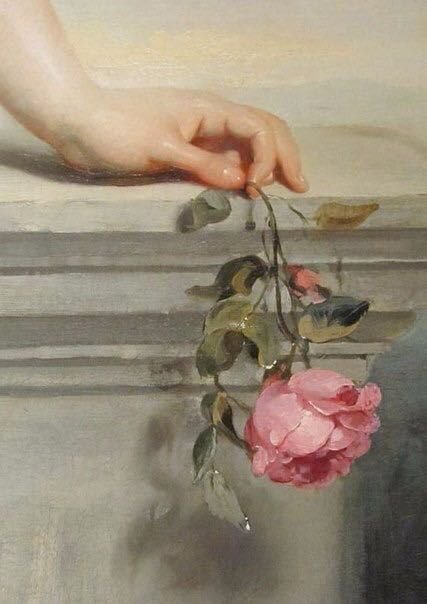The True Meaning of Romance
How romanticism inspires the world today
By Cate Tarr, Arts Staff Writer
The term romantic often arrives in my brain with visuals of candlelight dinners, over-the-top gestures, or alluring bouquets of flowers. But in the early nineteenth century, the word romantic carried a deeper significance; romance meant an interest in life, and the romantic movement took place over a period defined by a new interest in literature, art, personal feeling, human psychology and curiosity about the natural world (Romanticism Movement Overview | TheArtStory, 2017).
Following the Enlightenment, which centered around ideals of reasons and order, the Romantic movement instead focused on emotion and imagination. This new value gave rise to a wide variety of art, with many romantic painters focusing their efforts on nature.
Not only did artists paint captivating landscapes and breathtaking scenes, but they also suggested even more profound insights through their works by commenting on humans' place in nature (Romanticism Movement Overview | TheArtStory, 2017).
By focusing on nature and specifically emphasizing humans’ relationship with nature through art, the Romantic Movement revealed new ways of thinking about the world. For example, in British art specifically, Romanticism explored the idea of looking at human history through a new lens by focusing on the cosmos and man’s relation to God (Romanticism, n.d.).
Although the Romantic Period is characterized by the art about the natural world it produced, it also pointed to new ideas about equality and justice. Painting scenes that highlighted examples of injustice, artists of the Romantic Period were not afraid to break the rules (Géricault, 2022).
The effects of Romanticism hold force today, as this major international movement completely changed the views of art, literature and music around the entire world (Valpuesta, 2020).
Although the movement was at its height between 1798 and 1830, it nevertheless caused individuals to question the deep-seated and traditional ways of thinking they had adopted from the Enlightenment and allowed us to reach the artistry that we currently have.
Today, the first things I associate with art are emotion, meaning, depth of thought and wonder. However, this was not always the case. The Romantic Movement marked the beginnings of truly associating art with emotional intensity, a legacy that still exists in modern-day art, as well as political thought and intellectual conversation.
Reflecting on the Romantic Movement inspires me to question areas in my life where I can bring forth more curiosity, shine a light on new ways of thinking and ultimately better understand what it means to be human through all that surrounds me.
Each current artistic idea originated from someone in the past. Although it can sometimes be difficult to remember this truth, there is a long list of reasons why each reality in our life exists. The breakthroughs of the Romantic Period remind me to keep questioning all that surrounds me, as greater depths of understanding life still remain in the unknown, and can only be found through a greater interest in being.
Illustrated by Haley Wolff, Graphics Staff
Sources:
Romanticism Movement Overview | TheArtStory. (2017, September 25). The Art Story.
Romanticism. (n.d.). Tate.
Géricault, T. (2022, January 28). Romanticism Art - The Art, Literature, and Music of the Romantic Period. artincontext.
Valpuesta, C. (2020, May 24). How did romanticism change the world? AskingLot.com.


